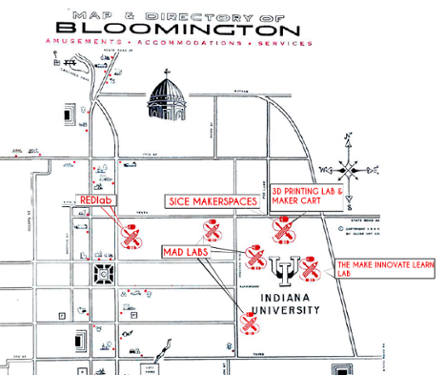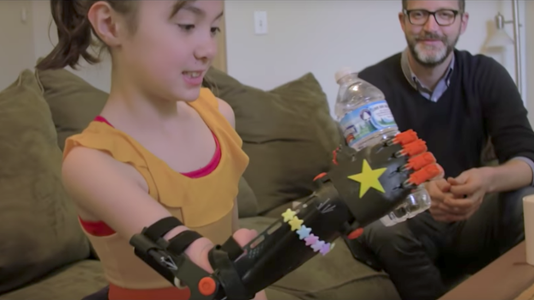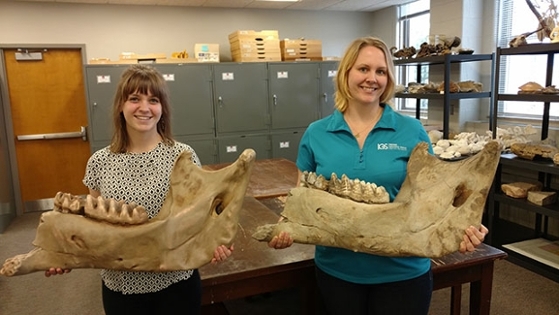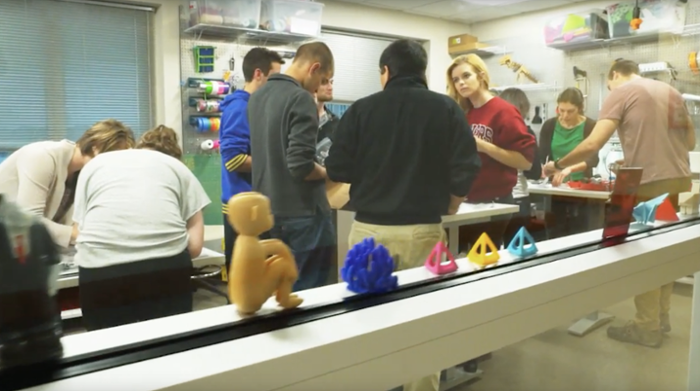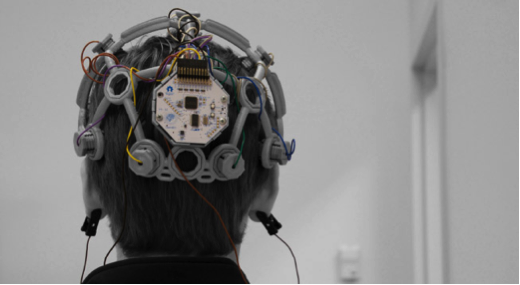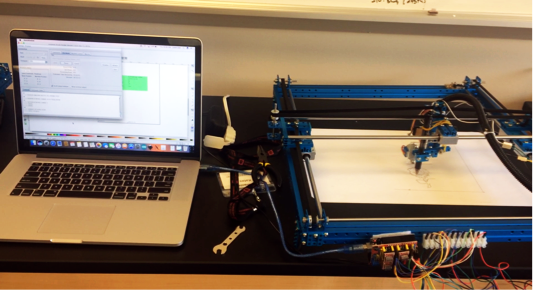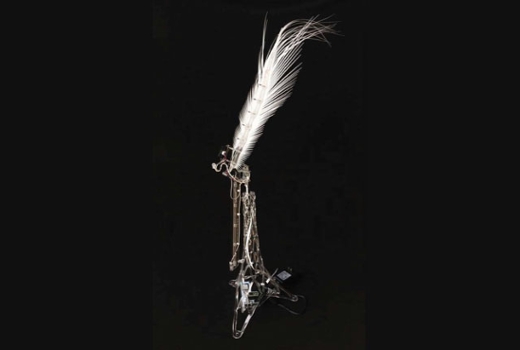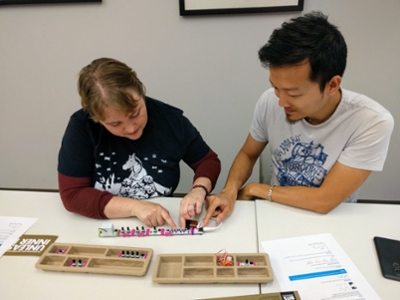Make waves at October's First Thursday! Explore the world of digital and analog fabrication and making with IU Makes and join in the Adrianne Wadewitz Memorial Edit-a-thon with the Center for Eighteenth-Century Studies.
This event is part of IDAH's Making the Arts and Humanities speaker series for 2017-2018.
Click here to take a virtual tour of the MAD LABS, The MILL, UITS 3D Printing Lab, the Fine Arts Foundry and Woodshop, and the ISE REDlab; you can also use your smartphone's browser and a Google Cardboard viewer to walk through the tutorial in panoramic 3D!


